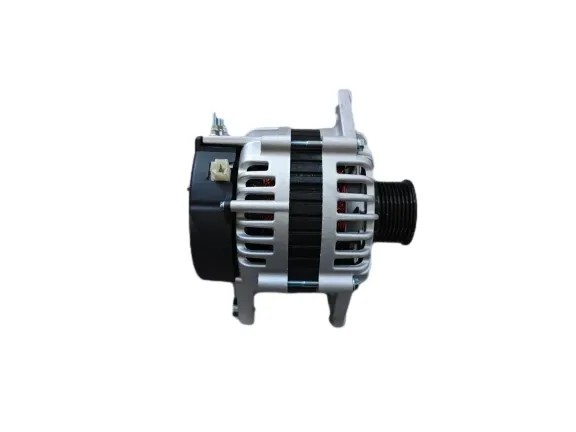
Optimized ad-content categorization for listings Feature-oriented ad classification for improved discovery Customizable category mapping for campaign optimization A metadata enrichment pipeline for ad attributes Segmented category codes for performance campaigns A structured index for product claim verification Transparent labeling that boosts click-through trust Performance-tested creative templates aligned to categories.
- Product feature indexing for classifieds
- Benefit articulation categories for ad messaging
- Technical specification buckets for product ads
- Cost-and-stock descriptors for buyer clarity
- Experience-metric tags for ad enrichment
Semiotic classification model for advertising signals
Flexible structure for modern advertising complexity Normalizing diverse ad elements into unified labels Inferring campaign goals from classified features Decomposition of ad assets into taxonomy-ready parts Taxonomy data used for fraud and policy enforcement.
- Additionally the taxonomy supports campaign design and testing, Tailored segmentation templates for campaign architects Improved media spend allocation using category signals.
Ad content taxonomy tailored to Northwest Wolf campaigns

Primary classification dimensions that inform targeting rules Rigorous mapping discipline to copyright brand reputation Studying buyer journeys to structure ad descriptors Building cross-channel copy rules mapped to categories Setting moderation rules mapped to classification outcomes.
- To exemplify call out certified performance markers and compliance ratings.
- On the other hand tag multi-environment compatibility, IP ratings, and redundancy support.
By aligning taxonomy across channels brands create repeatable buying experiences.
Brand-case: Northwest Wolf classification insights
This exploration trials category frameworks on brand creatives The brand’s varied SKUs require flexible taxonomy constructs Examining creative copy and imagery uncovers taxonomy blind spots Formulating mapping rules improves ad-to-audience matching Recommendations include tooling, annotation, and feedback loops.
- Moreover it validates cross-functional governance for labels
- Consideration of lifestyle associations refines label priorities
Ad categorization evolution and technological drivers
Through broadcast, print, and digital phases ad classification has evolved Legacy classification was constrained by channel and format limits Mobile and web flows prompted taxonomy redesign for micro-segmentation Social platforms pushed for cross-content taxonomies to support ads Content-driven taxonomy improved engagement and user experience.
- For instance taxonomy signals enhance retargeting granularity
- Additionally content tags guide native ad placements for relevance
Therefore taxonomy design requires continuous investment and iteration.
Classification as the backbone of targeted advertising
Connecting to consumers depends on accurate ad taxonomy mapping Predictive category models identify high-value consumer cohorts Category-led messaging helps maintain brand consistency across segments Precision targeting increases conversion rates and lowers CAC.
- Algorithms reveal repeatable signals tied to conversion events
- Personalized messaging based on classification increases engagement
- Data-driven strategies grounded in classification optimize campaigns
Consumer propensity modeling informed by classification
Interpreting ad-class labels reveals differences in consumer attention Analyzing emotional versus rational ad appeals informs segmentation strategy Segment-informed campaigns optimize touchpoints and conversion paths.
- For example humor targets playful audiences more receptive to light tones
- Alternatively detail-focused ads perform well in search and comparison contexts

Data-driven classification engines for modern advertising
In saturated markets precision targeting via classification is a competitive edge Classification algorithms and ML models enable high-resolution audience segmentation Scale-driven classification powers automated audience lifecycle management Smarter budget choices follow from taxonomy-aligned performance signals.
Information-driven strategies for sustainable brand awareness
Clear product descriptors support consistent brand voice across channels Message frameworks anchored in categories streamline campaign execution Finally organized product info improves shopper journeys and business metrics.
Policy-linked classification models for safe advertising
Standards bodies influence the taxonomy's required transparency and traceability
Meticulous classification and tagging increase ad performance while reducing risk
- Legal constraints influence category definitions and enforcement scope
- Ethical labeling supports trust and long-term platform credibility
Model benchmarking for advertising classification effectiveness

Notable improvements in tooling accelerate taxonomy deployment This comparative analysis reviews rule-based and ML approaches side by side
- Deterministic taxonomies ensure regulatory traceability
- Deep learning models extract complex features from creatives
- Hybrid pipelines enable incremental automation with governance
By evaluating accuracy, precision, recall, and operational cost we guide model selection This analysis will be operational for practitioners and researchers alike in making informed determinations regarding the most effective models for their specific requirements.